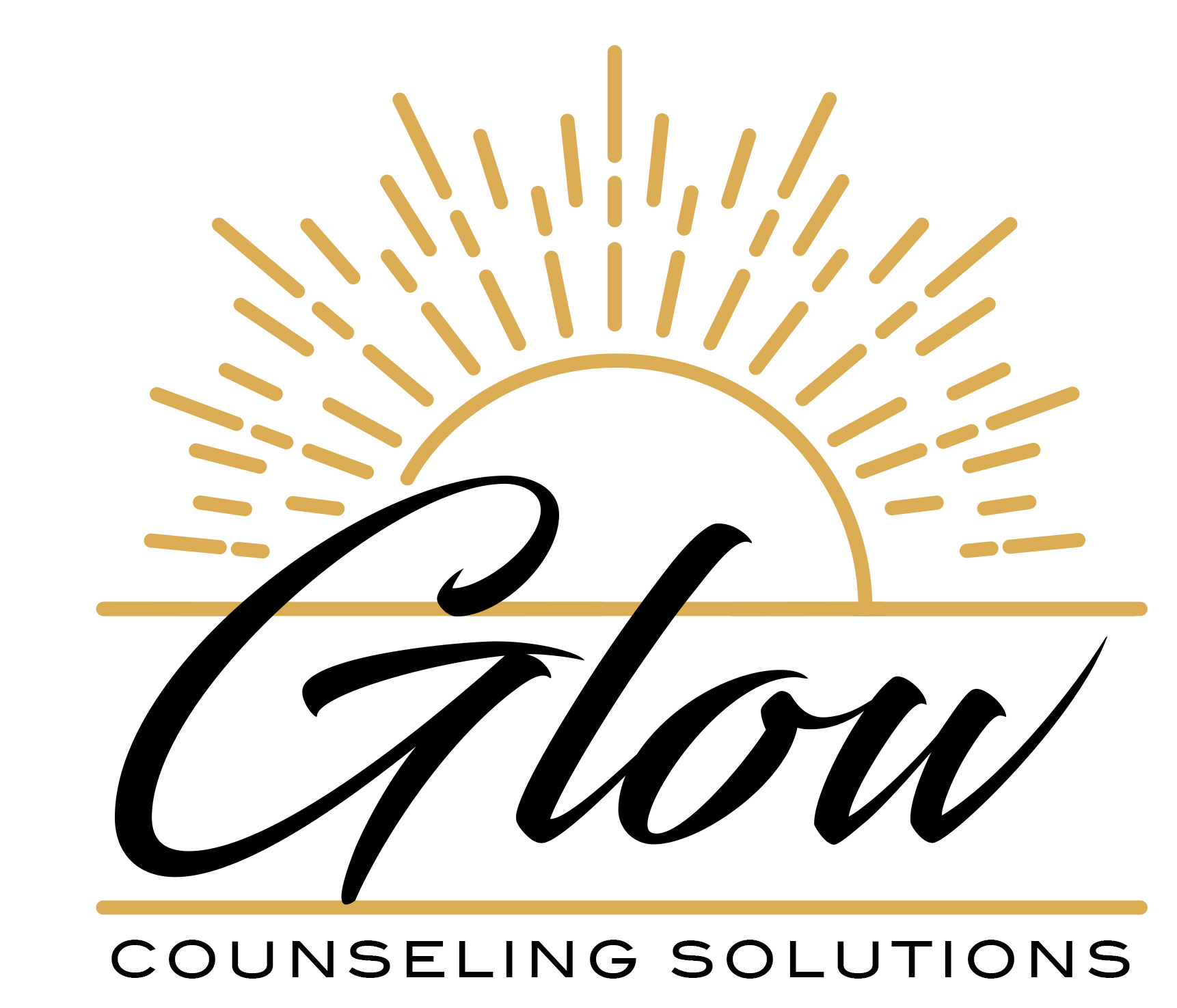Reconnecting With Your Inner Child: A Deep Dive Into Healing From the Inside Out

Have you ever reacted to something and thought, “Why did that hit me so hard?” or maybe you’ve noticed yourself feeling irrationally small, scared, or angry in certain situations—like your emotions are bigger than the moment actually calls for.
That, right there, might be your inner child waving a flag.
Inner child work isn’t just some woo-woo self-help trend—it’s a powerful, eye-opening process that can help us understand our deepest emotional triggers, heal past wounds, and feel more grounded in who we are today. And here’s the beautiful part: it’s not about blaming your past, it’s about nurturing the parts of you that were left unseen, unheard, or misunderstood.
Let’s talk about what inner child work really means, why it matters, and how you can begin reconnecting with your younger self.
What Is the Inner Child
Think of your inner child as the part of you that carries your early experiences—the joys, the hurts, the needs, the fears, and the beliefs you formed about yourself and the world when you were little.
We’re not just talking about your literal childhood memories, though those matter too. Your inner child holds emotional imprints. Maybe you learned that love had to be earned. Or that your emotions were “too much.” Or that being independent was safer than being vulnerable. These messages get internalized, shaping the way you see yourself and others—even decades later.
So while you may be a grown adult now, there’s still a younger version of you inside, tugging on your sleeve, asking to be heard.
Why Inner Child Work Matters
Here’s the deal: unhealed emotional wounds don’t just fade away. They get buried, but they don’t disappear. Instead, they pop up in sneaky ways—like people-pleasing, perfectionism, trust issues, fear of abandonment, or shutting down during conflict.
Inner child work helps you:
– Identify where certain patterns or emotional reactions come from
– Develop more compassion for yourself
– Break the cycle of self-sabotage
– Strengthen emotional regulation
– Improve relationships and boundaries
The goal isn’t to become your inner child again, but to reparent them—to give yourself the care, safety, and validation you may not have consistently received growing up.
Signs Your Inner Child Might Be Hurting
You might be thinking, Okay, but how do I know if I even have “inner child wounds”?
Here are some common clues:
– You feel overly responsible for others’ emotions.
– You avoid conflict like the plague.
– You struggle to trust people or open up.
– You fear abandonment or rejection.
– You’re extremely hard on yourself.
– You seek validation constantly.
– You numb emotions with overworking, overeating, scrolling, etc.
– You’re a perfectionist or feel like you’re “never enough.”
– You feel triggered in ways that seem “over the top” for the situation.
These are just signs that a younger part of you might not feel safe, seen, or heard. And that’s totally normal—it just means there’s space for healing.
Where Inner Child Wounds Come From
Most of us didn’t grow up with “perfect” parenting. That’s not a blame game—it’s just life. Even loving caregivers can unintentionally pass down emotional neglect, unrealistic expectations, or harsh criticism. And for some, there were deeper traumas—abuse, loss, abandonment, or chaos at home.
But here’s something important: trauma isn’t always what happened. Sometimes, it’s what didn’t happen.
Maybe no one validated your emotions. Maybe you were expected to be the “strong one.” Maybe you were punished for crying or told to “get over it.” These kinds of emotional experiences shape your nervous system and core beliefs.
Inner child work helps you recognize those experiences and bring awareness, healing, and compassion to the younger self who didn’t have the tools or power to cope back then.
What Reparenting Really Means
Reparenting is exactly what it sounds like: giving your inner child what they didn’t receive consistently while growing up.
That might look like:
– Setting boundaries your younger self wasn’t allowed to set.
– Saying kind, encouraging words instead of harsh self-criticism.
– Creating routines and structure that feel safe and supportive.
– Validating your emotions, even when they feel “too much.”
– Allowing yourself to play, rest, and enjoy life, guilt-free.
Think of it as being the safe, loving adult your inner child always needed.
How to Start Inner Child Work
You don’t need to go on a soul-searching retreat or crack open your deepest childhood traumas all at once. Inner child work can be gentle, intentional, and even playful. Here are some ways to begin:
1) Connect With Childhood Memories
Take a moment to remember what you were like as a kid. What made you laugh? What scared you? What did you wish grown-ups understood about you?
Try writing a letter to your inner child or even from them to you. Just let it flow—no need to overthink.
2) Look for Emotional Triggers
Pay attention to the moments when your reaction feels bigger than the situation. Maybe your partner being late makes you feel abandoned. Or getting corrected at work sends you into a spiral of “I’m not good enough.”
Ask yourself: How old do I feel right now? Often, the emotion points back to a younger version of you needing comfort and reassurance.
3) Practice Self-Soothing
When you notice that younger part of you showing up, talk to them like you would a child. “You’re safe. I’ve got you now. It’s okay to feel this.”
You can even place a hand on your heart or hold a stuffed animal—whatever feels comforting. The goal is to be a calm, grounded presence for that younger you.
4) Use Visualization
Visualization is a powerful way to reconnect. Picture your inner child—maybe at 5, 8, or 12 years old. What do they look like? What are they wearing? How do they feel?
Imagine sitting next to them, holding their hand, and saying what they needed to hear: “You’re not alone. You’re safe. I love you exactly as you are.”
It might feel awkward at first, but over time, this can be deeply healing.
5) Play and Creativity
Healing doesn’t have to be heavy all the time. Sometimes it looks like coloring, swinging on a playground, dancing around your room, or eating cereal while watching cartoons.
Ask your inner child: What would be fun for you today?
Giving yourself permission to play is a powerful act of healing.
6) Journal From Your Inner Child’s Perspective
This can be as simple as starting with: “I feel…” or “What I wish you knew is…”
Letting that voice speak helps you build a relationship with your inner child—and that relationship builds trust, safety, and self-awareness.
7) Work With a Therapist (If You Can)
Inner child wounds can bring up deep emotions. If possible, working with a trauma-informed therapist can help you explore these feelings safely and gently.
You don’t have to do it all alone.
If you’re interested in inner child work, feel free to reach out
What Healing Looks Like
Healing your inner child doesn’t mean you’ll never get triggered again. It doesn’t mean your past disappears.
But it does mean:
– You respond instead of react.
– You speak to yourself with kindness instead of cruelty.
– You set boundaries without drowning in guilt.
– You trust yourself more.
– You feel safer, softer, and more whole.
It’s not about becoming someone new. It’s about returning to the real you—the one who existed before the world told you to be different.
A Gentle Reminder
You don’t have to “fix” your inner child. You just have to love them.
Healing isn’t a race. It’s a relationship—with yourself.
So take it slow. Be curious, not critical. Let yourself feel. Let yourself play. Let yourself rest.
Your inner child is always with you—and they’ve been waiting for this love all along.

